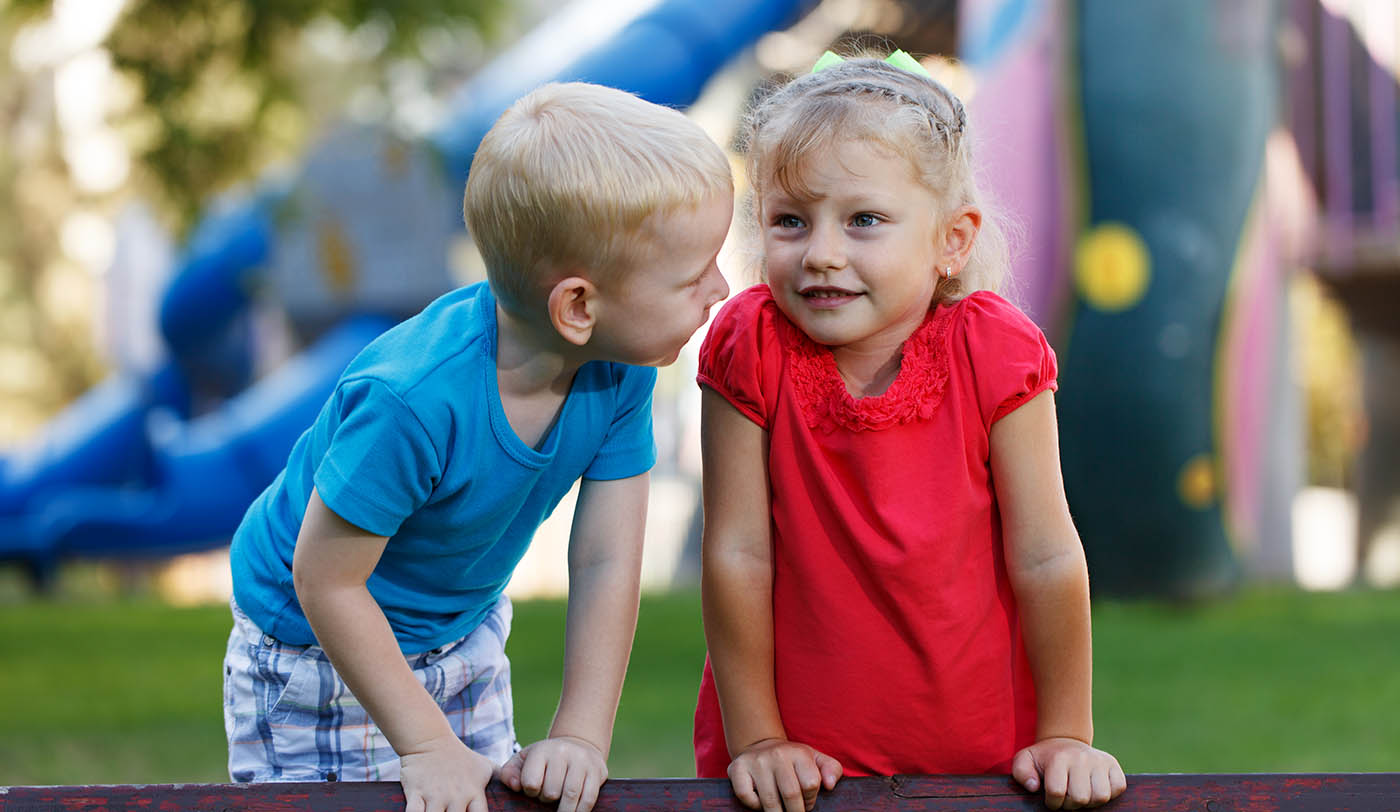CRANE STUDY AUTHORS: Hugo Gonzalez Villasanti, Laura Justice, Leidy Johana Chaparro-Moreno, Tzu-Jung Lin, Kelly Purtell
ABOUT THE STUDY
This Crane research study employed machine learning to develop, validate, and test an automatized system for detection of recognition of interactions and child-directed speech (CDS) in a preschool classroom environment.
Young children’s language development is driven by exposure to talk among both adults and peers. CDS, or speech directed specifically to a child (rather than overheard by the child), is especially important in language development. (For example, “Go find three toys that are green or blue!” is CDS.) To measure CDS in the classroom, researchers used technology to help record and code observations. For this study, 13 preschool children wore head-mounted cameras that recorded their classroom interactions during different days and times of the week. These recordings were then automatically coded and transcribed to determine CDS in the classroom.
To overcome some of these challenges [with existing language measurement tools], we developed a machine learning tool, trained with previously coded interaction and CDS data, to detect and measure interactions and CDS from audiovisual recordings.
– Hugo Gonzalez Villasanti, first-author and Crane post-doctoral researcher
KEY FINDINGS
– 1 –
Teachers’ and peers’ facial features and speech activity, obtained using computer vision and automatic speech recognition technology from first-person video recordings, accurately predicted instances of interactions in a preschool classroom.
– 2 –
In combination with other technology, children’s exposure to CDS within a preschool classroom can be detected and measured using automatic speech recognition services.
ACTION STEPS
Researchers can use this facial recognition technology to identify children’s adult and peer interactions. This would expand the research on classroom social networks, which contributes to children’s learning and development.

